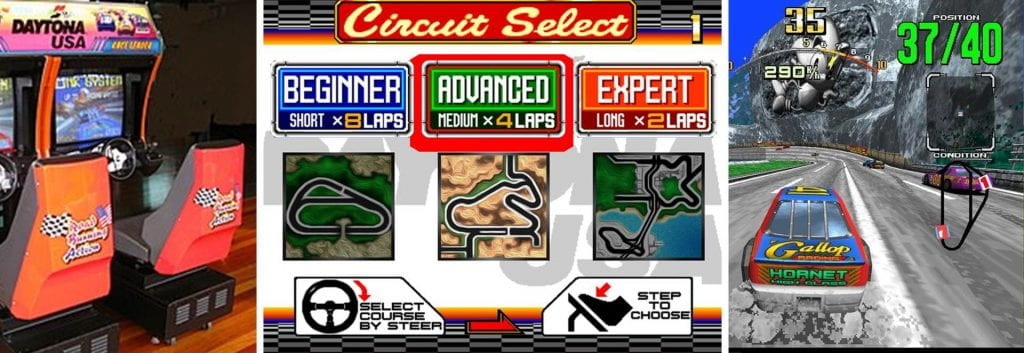Aileen LAM Wanli
Centre for English Language Communication (CELC)
Aileen shares four key takeaways on using PechaKucha, based on her recent experience of using this presentation format during the Higher Education Campus Conference (HECC) 2019.

Academic conferences have been known to be formal, conventional and complex. However, there has been a growing thrust to explore participatory techniques, learning facilitation technologies, and talk formats such as PechaKucha presentations to enhance engagement in academic conferences (Burford, Henderson, & Pause, 2017; Nichani, 2014) so that academics can share not only their work but also their ideas (Castronova, 2013). This blog post reflects on the use of PechaKucha in higher education conferences and highlights four key takeaways based on my PechaKucha experience during the Higher Education Campus Conference (HECC) 2019.
1. Content
Although the PechaKucha format forces presenters to be more concise and precise (Smith, 2013), there is a real possibility of running out of things to say. Since each slide is timed at 20 seconds (PechaKucha 20×20, n.d.), the speech rate and amount of content for each slide is important. For example, I ended up speaking too quickly as I am easily excitable so there were junctures in which I ran out of things to say. Hence, it seems better to have a lot of content and be “catching up with the slides” than to end up filling the gaps with mindless ramblings or silence.

2. Text
I thought that each slide in a PechaKucha should contain only one photo with minimal or no words on it (PechaKucha 20×20, n.d.; Hicks, 2019; Rouse, 2013, Lortie, 2016). However, I observed that other presenters padded their slides with bullet points and notes which made it easier to follow, especially when the content was heavy. In fact, some sources advocate a more relaxed interpretation of the amount of visuals and words on each slide (How to Make Great Presentations the PechaKucha Way, 2020; Lortie, 2016) but caution against overdoing it (Murphy, 2019).
3. Expectations
Is the PechaKucha format truly suitable for communicating a complex idea (Robson, 2015)? At academic conferences, the audience usually expects the speaker to unpack those ideas but the format (i.e. number of slides and timing) often restricts the presenter to an overview or the essence of the idea (Smith, 2013). In fact, there may be a mismatch in expectations between conference audiences, presenters, and the actual intention and spirit of the PechaKucha.
We could instead consider the PechaKucha presentation as the start of a conversation instead of a rigorous explanation of the layers in an idea. Hence, continued meaningful dialogues after the presentation are essential, and this should be made known to manage the expectations of the audience.
4. Visuals

After my presentation, I wondered if my humorous choice of pictures (e.g. Super Mario; Daytona) ended up distracting the audience from the more important message I was trying to illustrate about MOOC completion rates.
I also noticed that the audience seemed to respond well to figures and graphs. They seemed to have worked in conveying the intended message. Hence, there needs to be a balance between entertainment and information when presenting to this discerning crowd.
All in all, strict adherence to the PechaKucha format (i.e. content, text, visuals) in some settings such as academic conferences may lead to unintended outcomes. Hence, it is important to be aware of possible issues that may arise and manage the expectations of all stakeholders.
 |
Aileen LAM Wanli is from the Centre for English Language Communication (CELC) in NUS and has more than ten years of teaching and corporate training experience in communications and media. She is passionate about the use of technology in education and has developed online and blended courses. She is currently working on a MOOC which will be launched on edX. Aileen can be reached at aileenlam@nus.edu.sg. |
References
Burford, J., Henderson, E. F., & Pausé, C. (2018). Enlarging conference learning: At the crossroads of fat studies and conference pedagogies. Fat Studies, 7(1), 69-80. https://doi.org/10.1080/21604851.2017.1360666
Castronova, E. (2013). Down with dullness: Gaming the academic conference. The Information Society, 29(2), 66-70. https://doi.org/10.1080/01972243.2012.757262
Hicks, J. (2019, April 19). PechaKucha Will Change the Way You Think About Presentations. Retrieved from https://thriveglobal.com/stories/pecha-kucha-will-change-the-way-you-think-about-presentations/.
How to Make Great Presentations the PechaKucha Way. (2020, February 4). Retrieved from https://wabisabilearning.com/blogs/technology-integration/how-to-make-great-presentations-with-pecha-kucha.
Lortie, C. J. (2016). Ten simple rules for Lightning and PechaKucha presentations (No. e2326v1). PeerJ Preprints.
Murphy, M. (2019, April 30). Millions are using this Japanese-inspired technique to radically improve their presentations-here’s how it works. Retrieved from https://www.cnbc.com/2019/04/29/pechakucha-japanese-inspired-technique-will-radically-improve-your-powerpoint-presentations.html.
Nichani, A. S. (2014). Life after death by PowerPoint: PechaKucha to the rescue? Journal of Indian Society of Periodontology, 18(2), 127. https://dx.doi.org/10.4103%2F0972-124X.131292
PechaKucha 20×20. (n.d.). Retrieved from https://www.pechakucha.com/.
Robson, L. (2015). Developing the developers–supporting development of online conference presentations. In INTED2015 Proceedings, 0381-0386.
Rouse, M. (2013, August 28). PechaKucha. Retrieved from https://whatis.techtarget.com/definition/PechaKucha-pecha-kucha.
Smith, K. (2013). PechaKucha or creatively crafting chit chat presentations with concision and precision. Compass: Journal of Learning and Teaching, 4(7). https://doi.org/10.21100/compass.v4i7.80


how to deliver a good presentation?